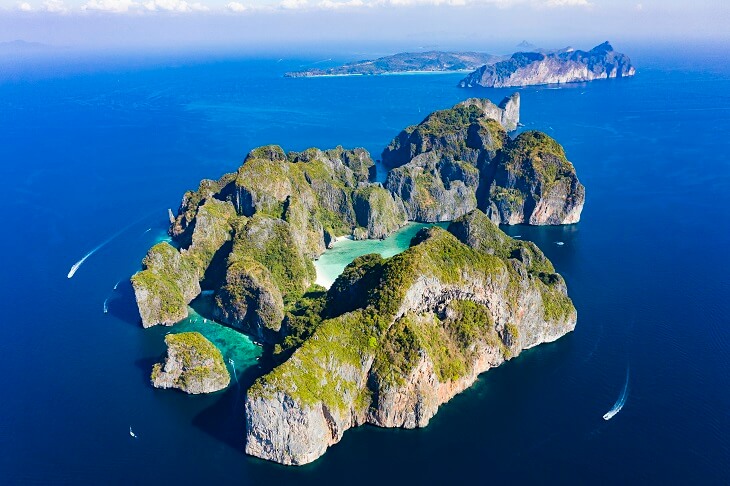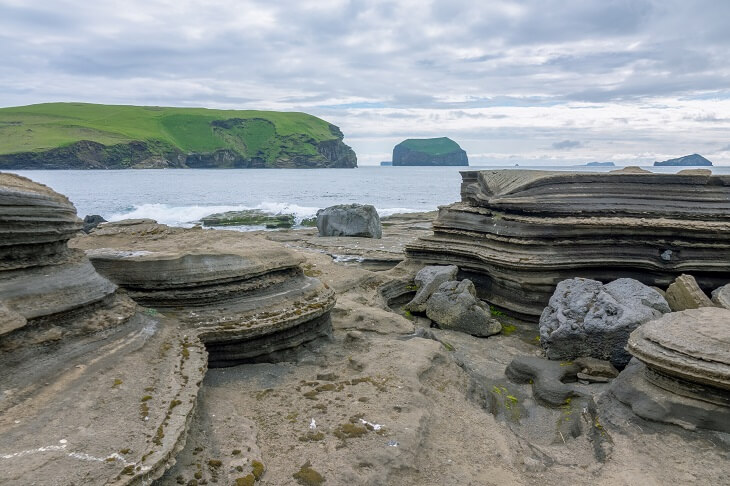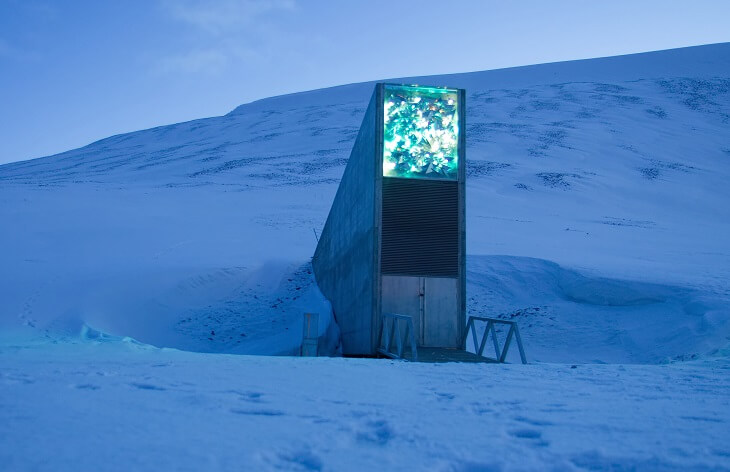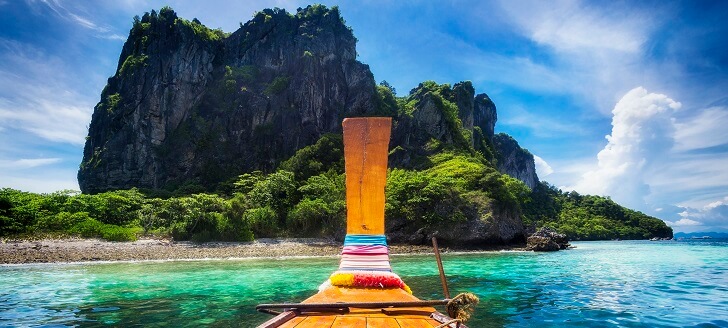As the months with travel restrictions tick by, even the most dedicated homebodies must be fantasising about a far-flung foreign break. Virtual travel is all very well, but the tantalising closeness of online adventure can seem almost mocking, an unwelcome reminder of everything you can’t currently have.
As an antidote to this worldwide fear of missing out, we’ve rounded up locations that are, at least in one sense, the opposite. These remarkable places were off-limits anyway, coronavirus aside.
1. Maya Bay, Thailand
In the film The Beach, a secretive island utopia is ruined by the arrival of foreign visitors, who upset the balance of the ecosystem and tear the fledgling community apart. So, it is for the real-life paradise where the movie was filmed – the almost incomprehensibly beautiful Maya Bay in Thailand.

The beach was closed indefinitely in 2018, after an unpluggable stream of litter, sewage, and footfall decimated corals, scared off wildlife and muddied the pristine, azure sea. A grand reopening is planned for this year, though tentative reports suggest the date is under review.
Read: Say goodbye to beach holidays
2. Lascaux Caves, France
Large parts of the natural world need protecting from human hands, but we’re quite capable of ruining our own creations too. The Lascaux Caves in France feature some of the finest prehistoric paintings anywhere on Earth, depicting Palaeolithic practices such as taming horses and hunting wild aurochs.
Only discovered in 1940, a toxic cocktail of humidity, carbon dioxide, lichen, and the exhalations of visitors quickly caused the ancient pigments to degrade, some beyond recognition or repair. In 1963, Lascaux was closed permanently, but public interest remained high, so authorities built a giant replica of the caves nearby for tourists to visit instead.
3. Poveglia, Italy
Some forbidden places are awash with scandal and intrigue; others are just plain dark. The phrase ‘troubled past’ doesn’t even begin to describe Poveglia, an islet in the Venice Lagoon twice used to quarantine plague victims.
During the Black Death at least 100,000 people were shipped off to the island to die, and the giant plague pits are said to have permanently altered the soil. When finally disease-free, the island was transformed into a psychiatric hospital, which was dogged by accusations of botched lobotomies and torture.
To complete this unholy trinity, the abandoned island is reputedly now haunted. The list of apparent apparitions is endless, chief among them the villainous Dr Fell, a physician who allegedly committed suicide.
Read: Strange custom confiscations
4. Surtsey, Iceland
Some forbidden places have been closed for generations, but Surtsey has only existed since 1963. For three years the Vestmannaeyjar volcanic vents bubbled at the bottom of the ocean, issuing an eruption column that started 130 metres below sea level, and ended more than 150 metres above.

Intensively studied during and since its creation, Surtsey’s unique properties saw it declared a UNESCO World Heritage site in 2008, and today it’s accessible only to a select few scientists. Everyone else must make do with flyovers in a small plane.
5. Snake Island, Brazil
Probably the deadliest island in the world, you would do well to heed the many warning signs that dot the beaches of Ilha da Queimada Grande, a short way off Brazil’s Atlantic coast. Widely nicknamed Snake Island, this small outcrop is the only place on Earth you can find the golden lancehead pit viper, and 4000 of the creatures are crammed into the island’s 100-odd acres.
Extremely venomous, the snake is an adept tree-climber, and feeds mostly on birds. The area is out of bounds to all but the Brazilian navy – partly for the snakes’ protection, but mostly for yours.
6. North Sentinel Island, India
The Sentinelese people of North Sentinel Island are one of a handful of tribes in the world still virtually untouched by mainstream society – and they’ve made it abundantly clear that they’d like it to stay that way.
Little is known about the native culture except that they violently reject any and all outsiders, even shooting at low-flying aircraft with bows and arrows. In 2018, an American evangelist was killed after he was smuggled ashore by local fishermen – a tragic but effective cautionary tale.
Landing on the island is illegal under Indian law, and as ever the threat runs both ways. The islanders lack even the most basic immunities, and exposure to the common cold could decimate the tribe virtually overnight.
Read: Remove these from bucket list
7. The Global Seed Vault, Svalbard
A large collection of seeds in the middle of nowhere doesn’t scream excitement and intrigue, except that its purpose is to prepare for the end of days. The Doomsday Vault, as it is known, is a converted coal mine beneath the frozen wastes of Svalbard, containing samples of seeds and crops from across the world to safeguard future food sources in case of catastrophe.

The interior is kept at -18 degrees C, often even colder than the Arctic conditions outside, to ensure the seeds age as slowly as possible. We can’t imagine there are many apocalypse planning centres that would welcome Joe Public, and the Global Seed Vault is not one of them.
Which of these seven places do you find the most intriguing? Would you like to be able to visit any of them or are you happy they’re closed to the public? Share your thoughts in the comments section below.
– With PA
If you enjoy our content, don’t keep it to yourself. Share our free eNews with your friends and encourage them to sign up.

